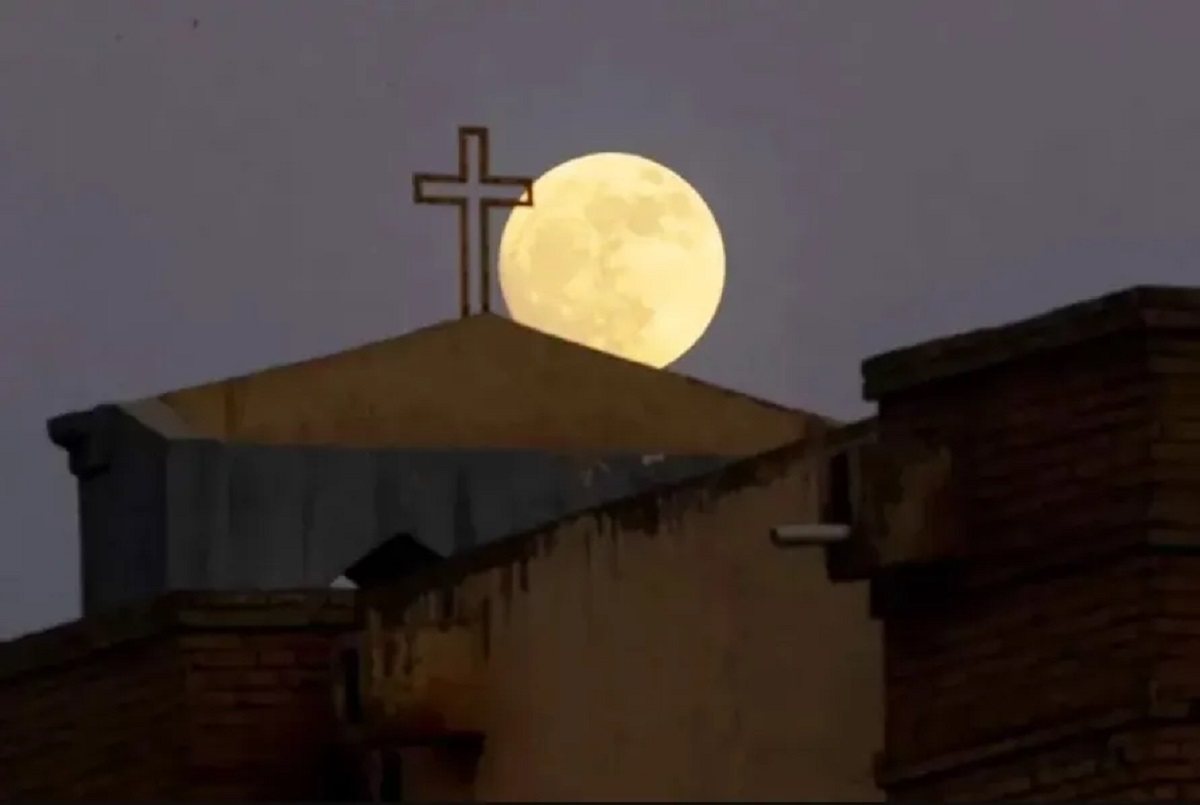In July, sky enthusiasts are in for a treat as NASA confirms that a remarkable supermoon will grace the celestial stage for three consecutive days. This lunar spectacle, which manifested yesterday on Monday evening, captivated viewers with its enhanced luminosity and size.

The July full moon, also known as the ‘Bak Moon,’ emerges when our lunar neighbor draws nearer to Earth within its elliptical orbit. Unlike a perfect circle, the moon’s orbit assumes an elongated oval shape due to the gravitational pull exerted by our planet.
During this phase, the moon completes its orbit in a swift 27.32 days when it resides in proximity to Earth while taking a bit longer during more distant intervals. A supermoon occurs when the moon aligns with its closest point to Earth during a full moon phase.
According to the esteemed Royal Observatory, July’s full moon receives the Native American appellation of the ‘Buck Moon,’ as it coincides with the period when male deer exhibit the most vigorous antler growth. It is a time when old antlers are shed, allowing new ones to emerge.
The Old Farmer’s Almanac, a venerable source of astronomical wisdom spanning centuries, indicates that the moon attained peak illumination on Monday at 12:39 p.m. local time. Remarkably, this year’s ‘Buck Moon’ will orbit even closer to Earth than a typical full moon. As the lunar spectacle unfolds, anticipation builds for August’s full moon, which promises to be the sole supermoon closest to Earth for the year.
With the arrival of this breathtaking lunar display, celestial enthusiasts around the globe are encouraged to cast their gaze skyward and bask in the splendor of the ‘Bak Moon.’ This extraordinary event serves as a reminder of the wonders that unfold above, inviting us to connect with the marvels of our universe.
Leave a Reply